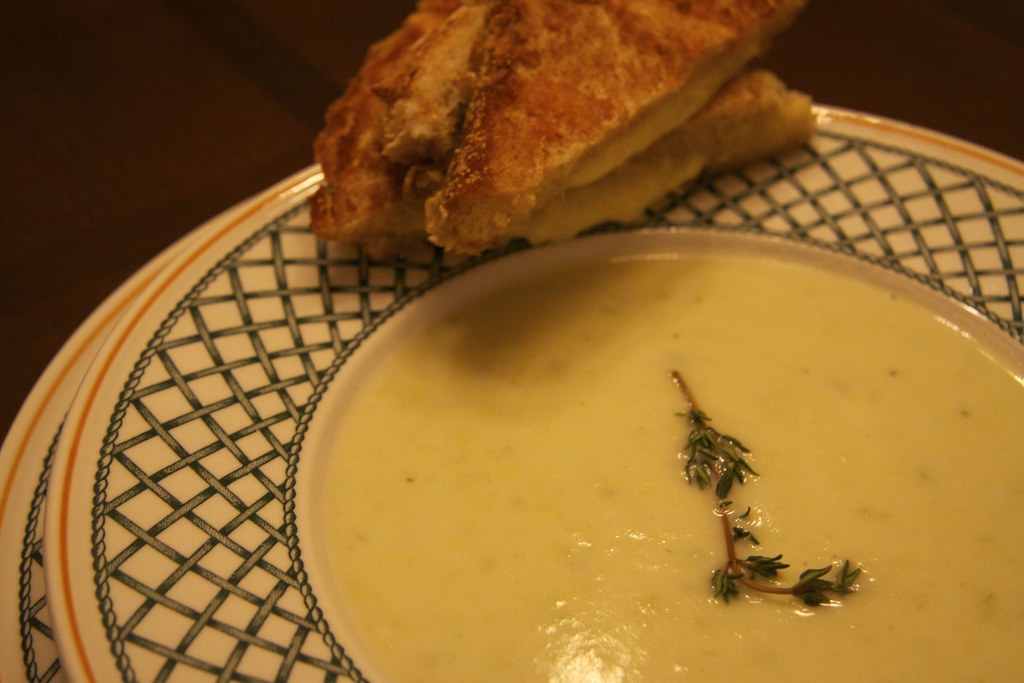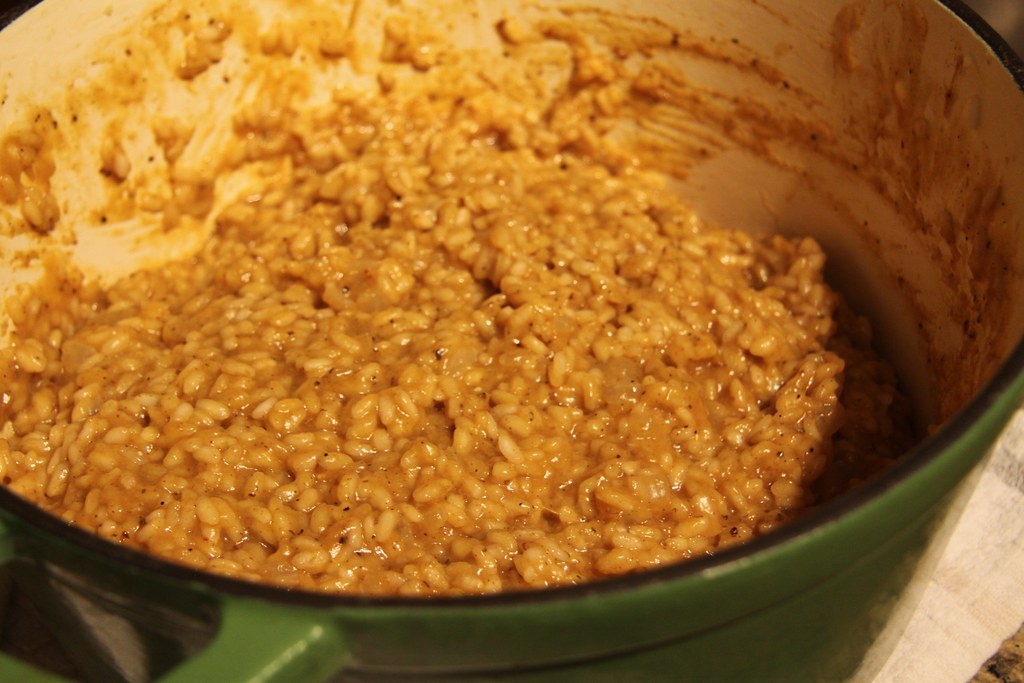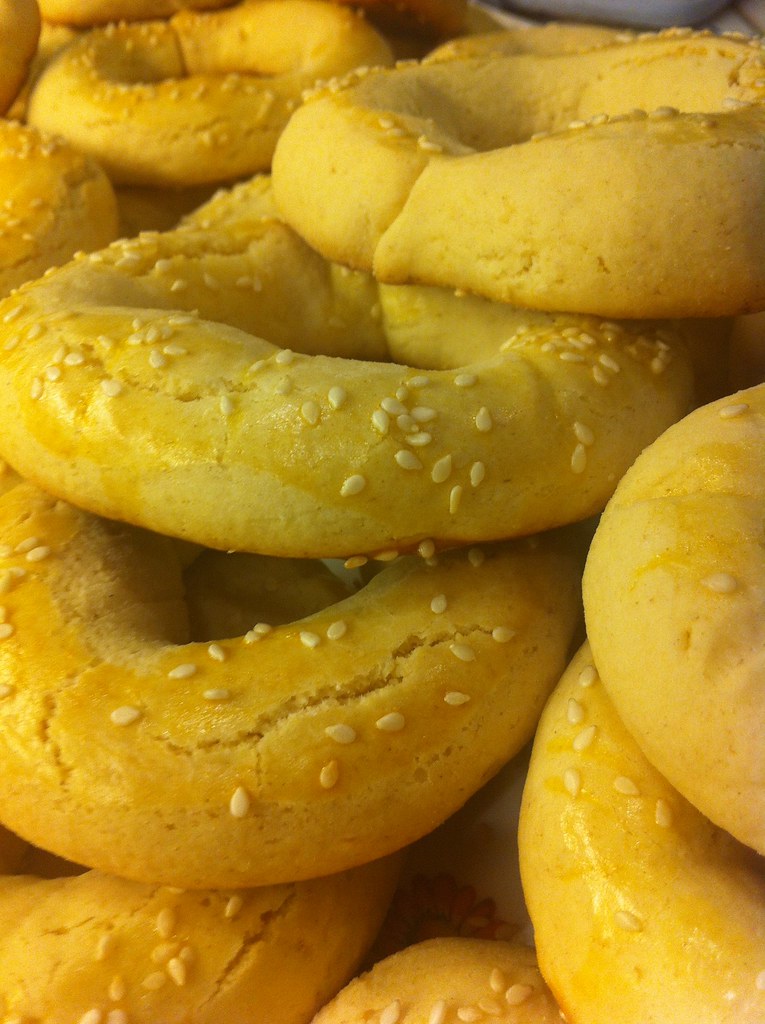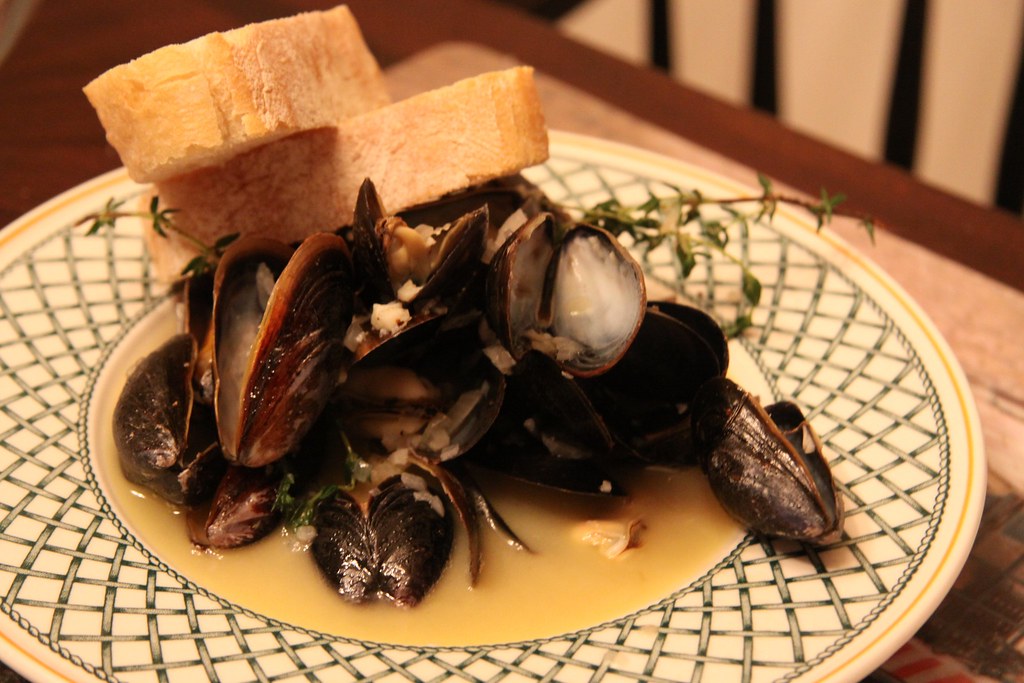
If you could only say one word for the rest of your life, what would it be? One word to sum it all up and define you. Don't linger on the logistics (i.e. it has to mean both yes, no and maybe). A word of however many characters that relates to you. I recently began asking this question to myself. I'm not sure why, it just entered my brain. I think though it may have something to do with the forthcoming changes in my life. Between graduation, leaving for school and being off on my own it's only normal. I asked this question to the others around me since I couldn't figure out my own word. The one response that I found to be most inspiring was "mille fiori" or "a thousand flowers" in Italian. It was my mom's word. There's not a whole lot of reasoning behind it, just a beautiful expression. When I say the word aloud I imagine looking at large Monet painting of a pastel colored field of flowers.
This past week all I did was struggle with my own word. While my friends and co-workers may have had their minds made up I was wordless. It hit me when a fellow co-worker of mine made and intriguing point. The word will change as you do and as your life enters new phases. It had made sense to me now. I was looking for an answer with an infinite amount of possibilities. There would never be just one word, there would be hundreds. So as of today my word is simmer. Why a cooking term? To you it might be, to me it's a reminder. An admonition to stop thinking about the future and to simmer in the moment. Enjoy what life has to offer today. Like standing in a field of a thousand flowers...seize the moment. Because in the blink of an eye its gone.
Your probably wondering what in the world does this have to do with food. Honestly it doesn't. It's just a thought that could very well be enjoyed over a meal, passed around in good company...
Jeremy
What's your word? Let's start a list below!







